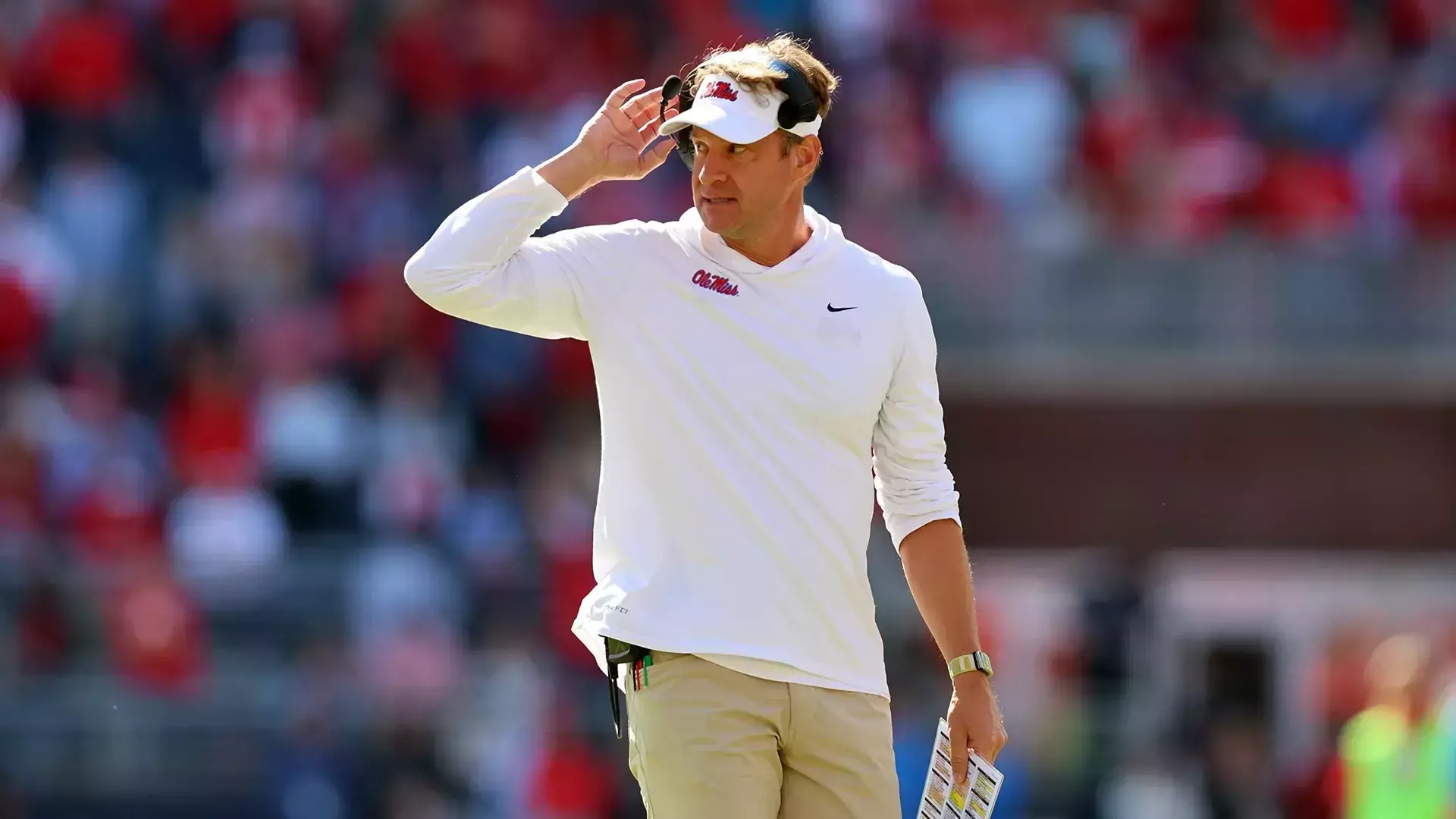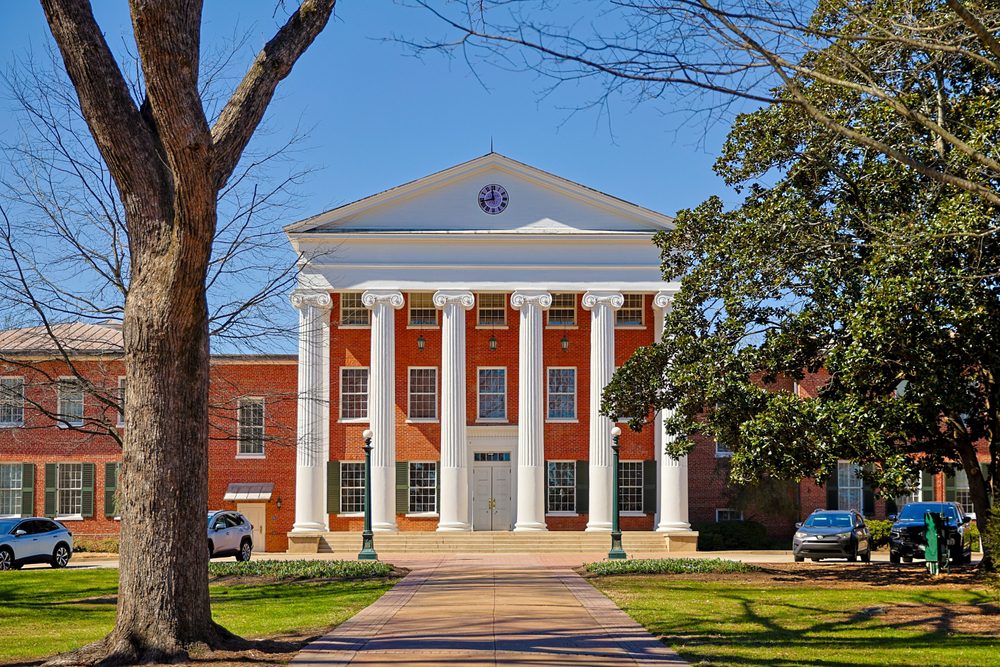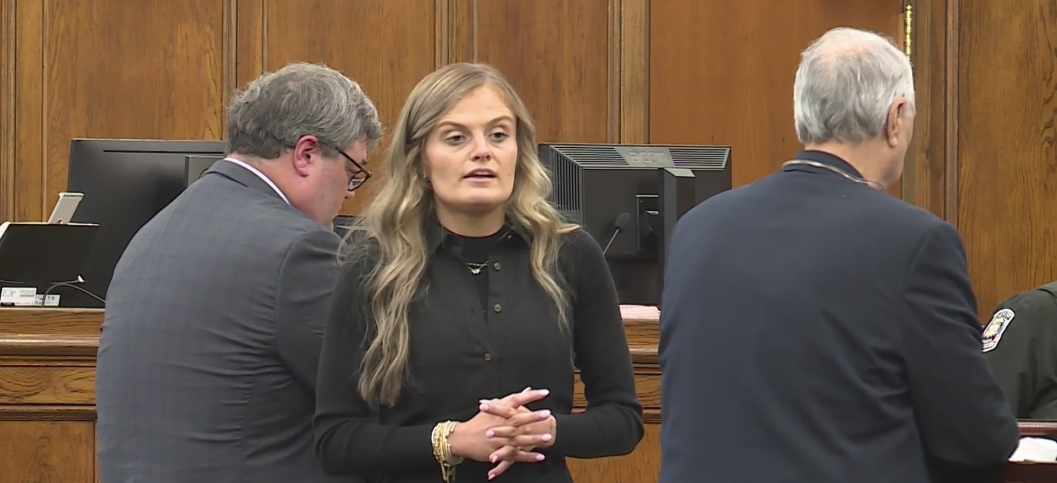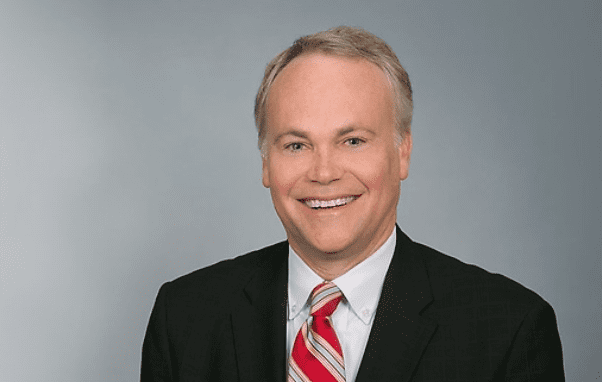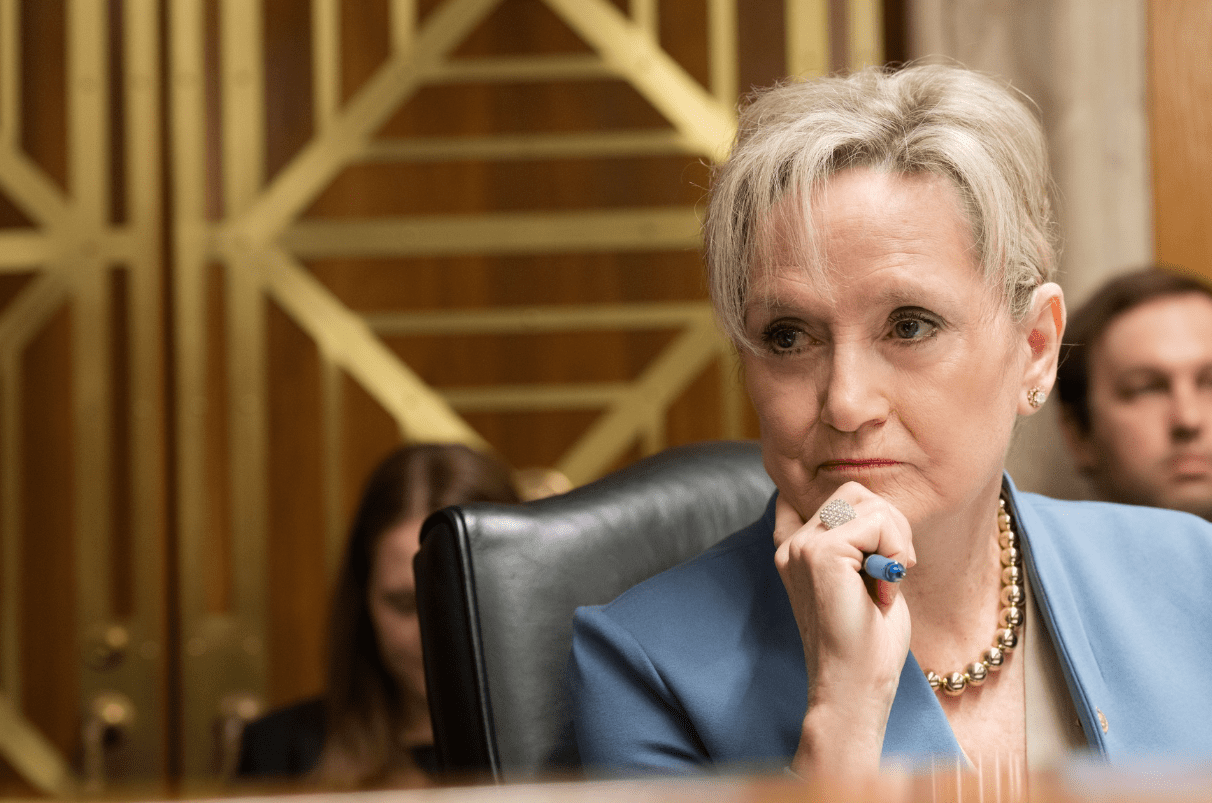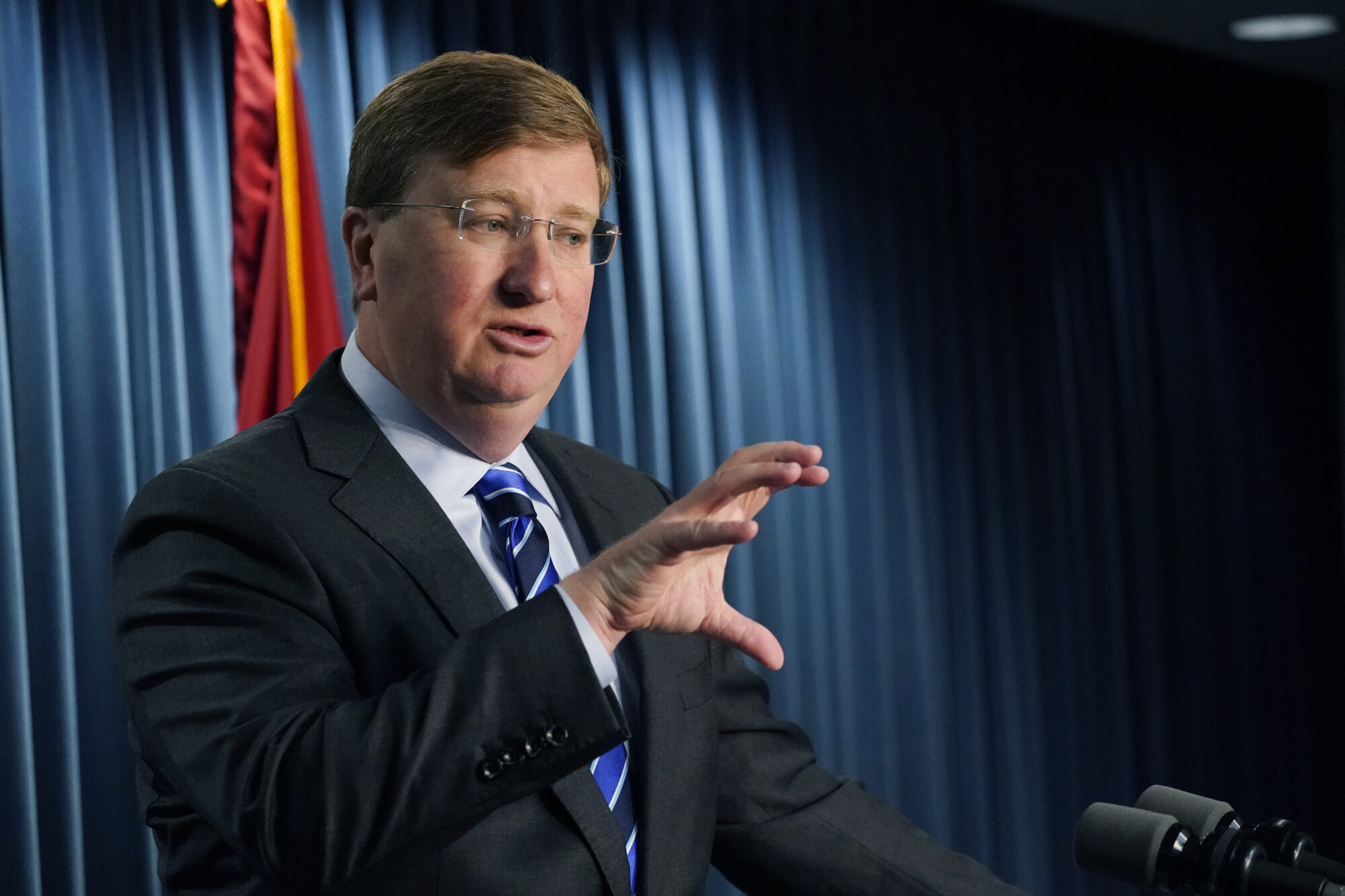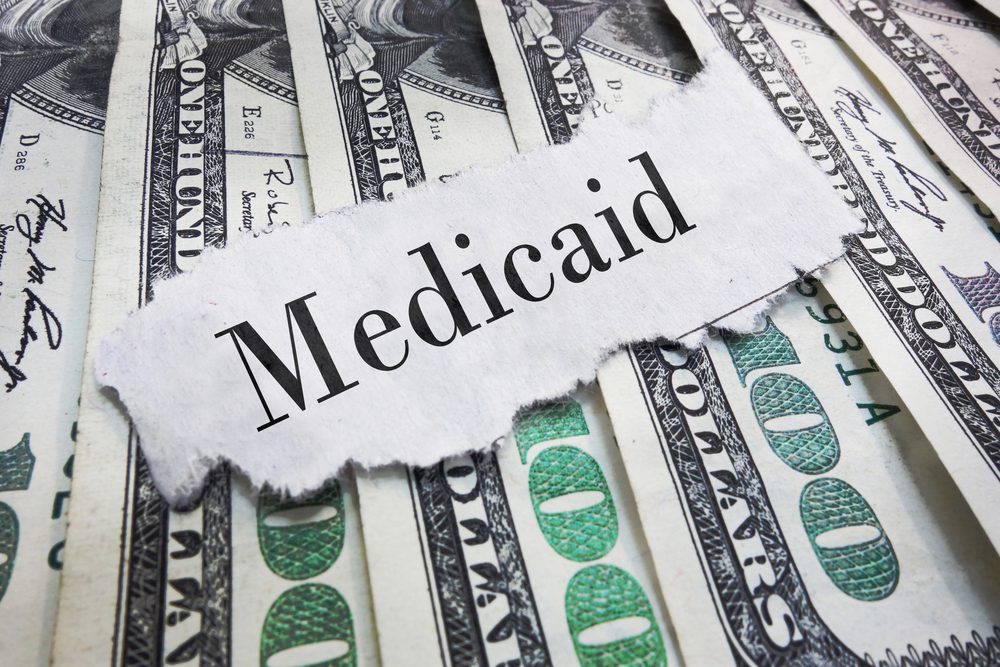
Medicaid expansion would increase the number of people on Mississippi’s welfare rolls to well over 1 million people at a cost in the billions, but would it increase access to care, improve health outcomes and help rural hospitals?
Enrollment & Cost
Medicaid is a government-run welfare program that provides taxpayer-funded financial aid to people who cannot afford their own health care. Over 837,000 Mississippians currently receive some form of Medicaid or Children’s Health Insurance Program (CHIP) benefits through the Mississippi Division of Medicaid. The program presently carries a state and federal price tag of over $7.2 billion a year.
In 2010, President Barack Obama led the charge to reform our nation’s healthcare system with the passage of the Affordable Care Act (ACA). Often referred to as “Obamacare,” the law permitted states to expand Medicaid eligibility up to 133 percent of the federal poverty level. To entice states to expand, the federal government agreed to pick up 90 percent of the total cost of expansion.
The Foundation for Government Accountability (FGA) has analyzed the impact of expansion on cost and enrollment across the country.
To date, 40 states have expanded Medicaid. The Kaiser Family Foundation estimated that these expansions states would add 8.6 million new Medicaid enrollees due to expansion. According to FGA, those states have actually added 19 million new enrollees, or more than double the original estimate.
Kaiser has estimated that expansion in Mississippi would add 231,000 new enrollees. However, if the pattern of overrunning estimates that has played out in other expansion states plays out in Mississippi, that number could increase to 491,000. Either way, the number of people on Medicaid in Mississippi would eclipse one-third of the state’s population.
Kaiser projected the total state and federal cost of Medicaid expansion in Mississippi would be $1.81 billion a year. However, if enrollment were to follow the pattern from other states, the actual cost could be closer to $3.85 billion a year. This would mean that Mississippi’s portion would be roughly $385 million.
It bears noting that nothing prevents the federal government from changing the percentage of its contribution to expansion states. Policymakers should consider that possibility and what it would mean for state budgets should federal support be reduced at some point in the future. With a $33.7 trillion national debt, this risk is not theoretical.
It also bears reiterating that “federal dollars” are not free dollars. Federal spending is funded by taxpayers, including taxpayers who live and work in Mississippi.
Healthcare Outcomes
Presumably, the point of expanding Medicaid would be to improve healthcare outcomes. But Brian Blase, former White House adviser on healthcare under the Trump administration and President of Paragon Health Institute, argued in Magnolia Tribune article earlier this year that there is little evidence expansion improves outcomes:
As Medicaid enrollment for able-bodied and childless adults exploded, those who relied on the program—low-income children, pregnant women, and people with disabilities—had more difficulty getting care. In Medicaid expansion states, more people reported delaying medical care because no appointment was available or wait times were too long. Another study found that people living in expansion states had to wait longer for ambulances in emergencies.
Medicaid enrollees typically have worse health outcomes than those with private insurance or the uninsured, even after controlling for a variety of other factors that affect health. One of the reasons is that Medicaid patients often lack a consistent source of care. Onerous paperwork, administrative burdens, and low payment rates mean that many doctors—particularly the best ones—don’t treat Medicaid patients. Medicaid enrollees are often forced to use emergency rooms, and expansion significantly increased ER utilization for non-emergent conditions.
The most compelling evidence of Medicaid’s disappointing effect on health is from a lottery that Oregon used to expand Medicaid to some able-bodied, lower-income, uninsured adults. The winners of the lottery gained Medicaid enrollment, and the losers did not. It turns out that the lottery winners used more health care, but they did not experience physical health benefits as compared to the losers.
Crucially, during the first three years of the Medicaid expansion, life expectancy worsened in expansion states relative to non-expansion states. More people died of drug overdoses in expansion states. According to Sam Quinones’ book Dreamland, Medicaid fueled the opioid crisis. Quinones wrote, “The card provides health insurance through Medicaid, and part of that insurance pays for medicine—whatever pills a doctor deems an insured patient needs.”
One problem with Medicaid expansion is that expansion causes a surge in demand for medical services. However, there is not a corresponding increase in the number of doctors or nurses treating patients. This results in some people with pressing medical needs being crowded out by people with less pressing needs—harming overall population health outcomes.
Multiple studies have now shown only a marginal increase in the number of physicians accepting Medicaid patients in expansion states. The end result is more people with “coverage” flooding the same limited number of providers. Any serious effort to increase access to healthcare must not only look at how people pay for services, but must include a serious look at how protectionist policies in place in Mississippi, and across the country, restrict the number of providers.
It should be noted that one of the often ignored provisions in the ACA is the ability to purchase private health insurance on the so-called “Obamacare exchange,” with the premium subsidized by a premium tax credit.
Many workers earning income between 100-400 percent of the federal poverty level are eligible for plans with either fully subsidized or reduced premiums, as well as cost-sharing reductions on deductibles. That is to say that there is a more than viable alternative to Medicaid presently available for the working poor in Mississippi.
Saving Hospitals?
Rural hospitals are in crisis across much of America. Hospitals are closing or at risk of closure in both expansion and non-expansion states. Mississippi is not immune. The difficulty faced by rural hospitals has become a primary talking point in the debate around Medicaid expansion. The argument goes that rural hospitals are in danger of failing and that Medicaid expansion would save them.
The role Medicaid expansion would play in helping them weather the storm is far less clear over the long haul. Important questions include:
- Why are rural hospitals struggling in the first place?
- Is Medicaid expansion enough to solve for these problems?
Understanding the Problems Facing Rural Hospitals
There are two chief problems facing these facilities. First, rural communities are losing population. The trend is for people to move to more urban and suburban settings. In Mississippi, cities like Madison, Brandon, Southaven, Gulfport, Biloxi, Hattiesburg, and Oxford have experienced substantial population growth. Areas like the Mississippi Delta have seen dramatic declines.
LeFlore County, where Greenwood-LeFlore Hospital is located, has seen nearly fifteen percent (15%) of its population leave over the last decade.
The second pain point for rural hospitals comes from real changes in how health care is delivered. The era of medical treatment or surgeries followed by long hospital stays is largely over. Outpatient care is the new normal, meaning lower bed utilization rates.
The Rise of Ambulatory Surgical Centers
While hospitals offer outpatient procedures, ambulatory surgical centers are rapidly gaining market share. The U.S. ambulatory surgical centers (ASC) market was $35 billion in 2020. Growth is projected, at a compound rate of 6.9 percent, to $59 billion in 2028. The projected growth rates are consistent with employment forecasts. The Bureau of Labor Statistics predicts that the healthcare sector will generate approximately 3.4 million new jobs through 2028. More than half of these new jobs will be in ambulatory care services. Only 350,000 are projected to be in hospitals.
Cost is a primary driver for the shift to ambulatory care. A study performed by UnitedHealth Group found that outpatient procedures at ASCs were typically 59 percent less than outpatient procedures performed at hospitals. This meant a total cost savings of $4,559 per procedure and average savings to the patient of $684.
Private insurers are not the only ones moving toward ASC provided out-patient care. In 2020, the Centers for Medicare and Medicaid Services (CMS) proposed a payment increase for ASCs. The proposed increase was meant to create site neutrality between hospitals and ASCs. CMS has signaled a desire to remove many procedures from its in-patient only list. It has also actively added procedures that it will cover in ASC settings.
The writing is on the wall. Delivery of health care is moving away from large in-patient facilities.
Rural Hospital Crisis Byproduct of Falling Demand
It is impossible to experience double-digit population loss, at the same time as system-wide upheaval in delivery of care, and not expect falling demand at rural hospitals. For hospitals that were built to serve larger populations, these factors place an understandable strain. But that strain has very little, if anything, to do with Medicaid expansion. Occupancy rates at hospitals reflect the changing dynamics.
Mississippi has a tremendous supply of hospital beds for the size of its population. Only South Dakota and North Dakota have more beds per thousand citizens. Not only do we have a lot of beds, we have a lot of empty beds, with occupancy rates regularly among the lowest in the country.
Would Medicaid Expansion Solve Rural Hospital Problem
Medicaid expansion will not change double-digit population losses, nor will it reverse the move away from in-patient care. Because of this it is likely a temporary band-aid, at best, for rural hospitals.
Medicaid reimbursement rates often result in either negligible or negative profit margins. In the cases of both Medicare, which provides health coverage for senior citizens, and Medicaid, which provides coverage for impoverished citizens, the government is a volume buyer of care.
The American Hospital Association has estimated that on average Medicare reimburses eighty-four percent (84%) of the actual cost of seeing a patient. Medicaid reimburses at eighty-eight percent (88%) of the actual costs. This means that hospitals very often lose money serving these patients.
Hospitals make up for these losses through privately insured care. An analysis performed by the Kaiser Family Foundation found that private insurers paid nearly double Medicare rates for all hospital services. Notably, this means that working people are not only paying taxes to support programs like Medicaid. They are subsidizing the care a second time through their own higher insurance premiums and out-of-pocket costs.
Imbalance Toward Government-Funded Care Leads to Tricky Economics
In communities with an imbalance toward government-funded health care, the economics become very tricky. Many rural hospital systems benefit from Disproportionate Share Hospital Payments (DSH), which provide supplements for communities with higher-than-normal Medicaid populations. But studies still show that even with DSH, there is underpayment for Medicaid patients on average. Cuts to DSH allotments are scheduled nationally, though the start date of these cuts has been rolled back to 2024.
One interesting case study after the passage of the Affordable Care Act was an examination of the experience of Ascension Health Hospitals, the nation’s largest not-for-profit hospital system. In Medicaid expansion states, Ascension hospitals saw a decline in charity care of $35 million. On the flip side, it saw an increase in Medicaid underpayment of $23 million. Ascension experienced a net-savings of $12 million. However, the service of new Medicaid patients was not profitable. The system remained in the red when it came to serving low-income patients.
The takeaway is that increasing the number of Medicaid patients, by itself, does not pull a facility into the green. The net savings from reducing charity care must be offset by enough private payers and that is difficult in communities that primarily serve lower income patients.
Perhaps in recognition of the economics of reimbursement rates, incumbent Republican Governor Tate Reeves, who has opposed Medicaid expansion, has sought approval from the Center for Medicare and Medicaid Services to increase the Medicaid reimbursement rate to bring it inline with commercial insurance rates.
If approved, Reeves’ proposal would net Mississippi hospitals approximately $700 million a year. This likely would provide a longer runway to failing rural hospitals than full expansion, since full expansion does nothing to change the reimbursement rate problem. More people paying less than the actual cost of their care does not help improve long-term viability of hospitals. Of course, Reeves’ proposal, while cheaper than full expansion, also relies on federal largesse.

